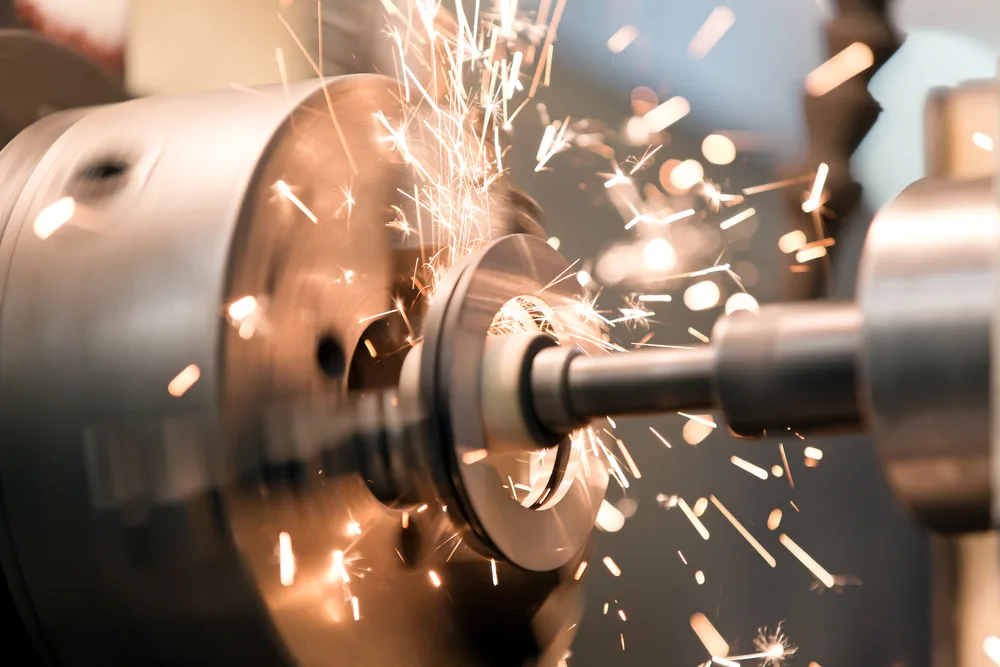
How high temperature insulation saves manufacturers money
Manufacturing processes often involve extremely high temperatures, which can lead to significant energy loss and increased costs. Suitable high temperature insulation is a solution that can help manufacturers to not only reduce energy consumption, but also save money. As an industrial insulation manufacturer, we recognise the importance of cost control and the impact of rising energy prices. High temperature insulation is designed to withstand extreme temperatures found in industrial processes and prevent heat loss, making it an essential component in manufacturing sites.
The importance of high temperature insulation
High temperature insulation helps regulate temperature, prevent heat loss, and reduce energy consumption for industrial manufacturers. Without suitable or effective insulation, manufacturers are forced to use more energy to maintain the required temperatures for their operations and processes, resulting in increased costs. Moreover, heat loss can affect the quality of products and manufacturing efficiency, leading to increased wastage and reduced production output. Therefore, manufacturers need to invest in high-quality insulation to ensure optimal performance and minimise costs.
Manufacturers using equipment and machinery that doesn’t have effective insulation will experience increased costs due to heat loss, damage to machinery, and lower volumes of productivity. Industrial manufacturers often use heavy machinery that runs at consistently high temperatures for extended periods of time and therefore require insulation that is not only efficient from a heat transfer perspective, but also long lasting and durable.
Financial benefits of high temperature insulation
High temperature insulation offers 4 key benefits for manufacturers that can help save money:
- Helps to regulate temperature, ensuring optimal operating conditions for machinery and equipment. This, in turn, leads to increased efficiency and reduced downtime.
- Prevents heat loss, reducing energy consumption and utility bills.
- Improves the quality of the products, reducing wastage and increasing efficiency.
- Increases lifespan, ensuring long-term savings for the manufacturer.
Types of high temperature insulation materials
There are several types of high temperature insulation materials available for manufacturers. One of the most common materials is ceramic fibre, which is lightweight and can withstand temperatures of up to 1200°C (depending on the composition and additional technology involved). Ceramic fibre is essentially a type of fabric, woven into various products such as ceramic webbing tape which can be used in gaskets and seals for boiler, kiln and furnace doors. As well as the most common insulation materials, there are also solutions being developed consistently that harness new technology and aim to be not only more energy efficient, but also sustainable and affordable.
At Elmelin, we specialise in mica-based insulation solutions for a wide range of industries and purposes. From electric vehicle batteries to industrial furnaces and foundries, our solutions are designed using decades of experience, utilising manufacturing expertise and the latest industry insights and research. We use mica because of its numerous physical and chemical properties that make it an excellent choice for thermal insulation, where it is developed into various products that offer specialist solutions. These products include mica roll and tubes, mica rigid laminates, and microporous sheets, like Elmtherm.
Elmtherm
Elmtherm is an insulation solution with outstanding thermal insulation characteristics, designed to give superior performance in all conditions. Elmtherm enables operators to maximise their volume, while offering considerable energy savings and reducing their carbon footprint. It functions by blocking the three modes of heat transfer: conduction, convection and radiation.
Using microporous technology, Elmtherm minimises contact between molecules, reducing energy transfer from one molecule to another, and therefore reducing heat transfer due to conduction. Elmtherm’s microporous structure also reduces convective heat transfer, as it creates trapped air pockets that are smaller than the free pathway of air, which would normally transmit heat through the material. Finally, Elmtherm reduces the amount of heat transfer from radiation by incorporating infrared opacifiers.
Conclusion
High temperature insulation helps regulate temperature in both manufacturing sites and machinery, prevent heat loss, and reduce energy consumption, leading to increased efficiency and reduced costs. Manufacturers need to identify and address sources of heat loss or ineffective insulation and invest in high-quality insulation solutions to ensure optimal performance and long-term savings. By doing so, they can improve the quality of their products, reduce wastage, and increase efficiency, leading to higher profits and a more sustainable business model.
If you’re looking to reduce energy consumption and save money, investing in Elmelin’s high temperature insulation solutions could be highly beneficial to you. Contact us today to learn more about how we can help you.
